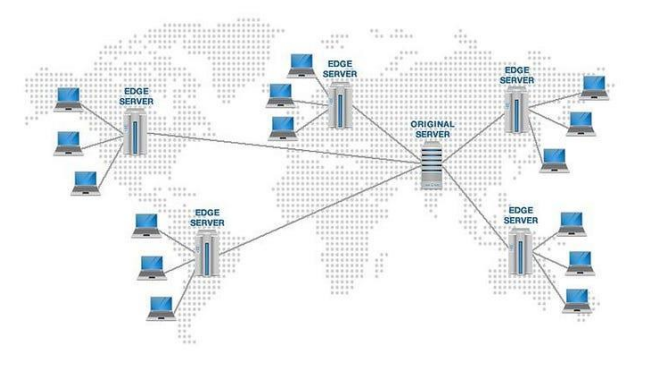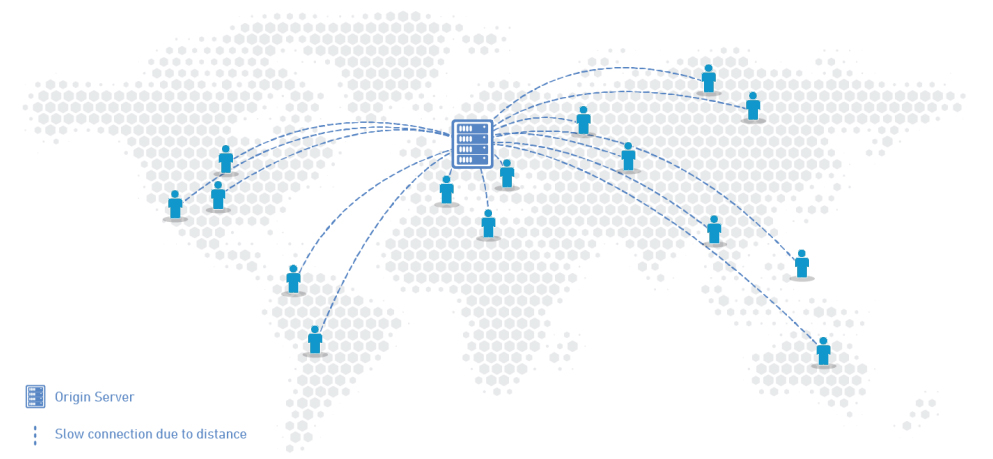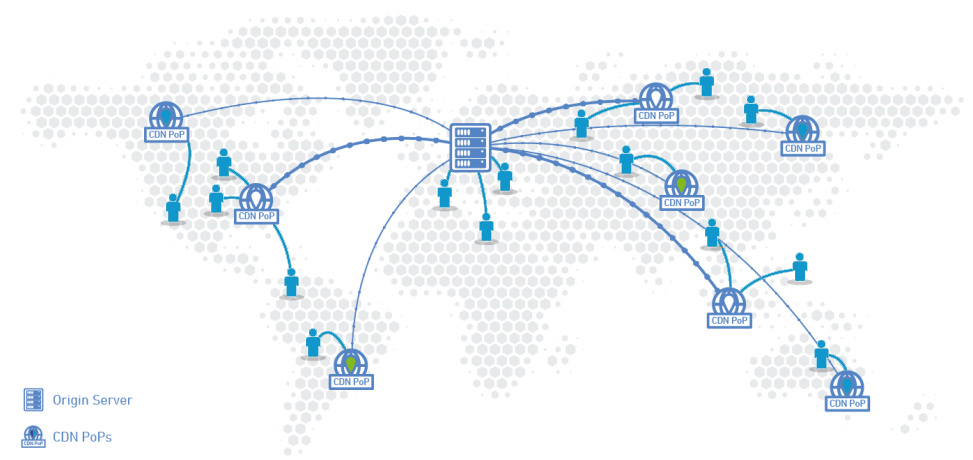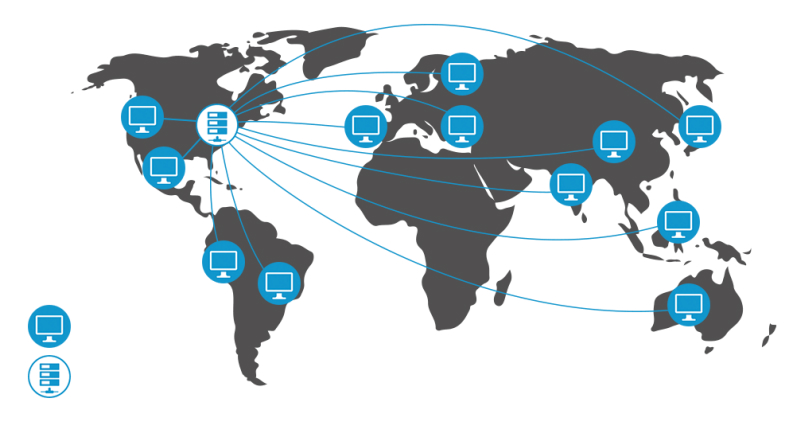Content Deliver Network - CDN
Transforming the Way You Deliver Content.
CDN (Content Deliver Network)
It's a system of distributed servers that deliver web content, such as web pages, images, videos, and other multimedia, to users based on their geographic locations. CDNs are designed to improve the performance, availability, and security of websites and web applications by reducing latency and load times. When a user requests content from a website, the CDN automatically directs the request to the nearest server in its network, rather than the origin server where the content is hosted. This reduces the distance the data must travel, resulting in faster loading times and a better user experience. Additionally, CDNs can help mitigate traffic spikes and distribute server load, improving overall reliability and scalability.
| Data Traffic | Multi-CDN Volume (per TB)* | Multi-CDN Premium (per TB)* |
|---|---|---|
| 50 TB | ₹ 59593.38 | ₹ 76749.05 |
| 100 TB | ₹ 58690.45 | ₹ 76749.05 |
| 250 TB | ₹ 57787.52 | ₹ 74943.19 |
| 500 TB | ₹ 55981.66 | ₹ 73137.33 |
| 1 PB | ₹ 54175.80 | ₹ 71331.47 |
| 2 PB | ₹ 43340.64 | ₹ 58690.45 |
| 3+ PB | ₹ 37914.24 | ₹ 52369.94 |

Content without CDN
Content is served from the original location. This uses more processing power and bandwidth, taking longer to reach the user and resulting in increased load and an inferior user experience.

Content With CDN
Content is mainly served from the closest HyperScale CDN server. Delivery from the cache server reduces load on your origin servers and provides content to the user faster, resulting in a superior user experience.

Why Use CDN ?
a. Improved Performance: By distributing content across multiple servers, CDNs can handle higher traffic volumes and reduce the load on origin servers. This improves overall performance and responsiveness, especially during peak usage periods.
b. Enhanced Reliability: CDNs increase redundancy and fault tolerance by replicating content across multiple servers. If one server fails or experiences issues, the CDN can automatically route traffic to another server, ensuring uninterrupted service.
c. Bandwidth Savings: CDNs can help reduce bandwidth costs for website owners by offloading traffic from origin servers. This is especially useful for serving large files, such as videos or software downloads, to a large number of users.
d. Security: Many CDNs offer security features, such as DDoS protection, web application firewalls, and SSL/TLS encryption, to help protect against malicious attacks and unauthorized access to content.
e. Lower Infrastructure Cost: Hyper Scale Content Delivery Networks distribute your content through a global network of our Points of Presence, lowering your CAPEX and helping your bottom line. Regardless of your content origin.
What is Multi-CDN
A multi-CDN (Content Delivery Network) strategy involves using multiple CDN providers simultaneously to deliver content to end-users. Rather than relying on a single CDN provider.
The primary goal of a multi-CDN approach is to enhance reliability, performance, and redundancy. By leveraging multiple CDN providers, organizations can diversify their delivery infrastructure, reduce the risk of downtime or performance issues associated with a single provider, and improve the overall quality of service for end-users.
Key Benefit of Multi-CDN
a. Increased Reliability: Distributing content across multiple CDN providers reduces the dependency on any single provider. If one CDN experiences issues or downtime, traffic can be automatically rerouted to alternative CDNs, minimizing service disruptions.
b. Improved Performance: Multi-CDN setups can optimize content delivery by dynamically selecting the CDN provider that offers the best performance for each user's location or network conditions. This can lead to faster load times, reduced latency, and enhanced user experiences.
c. Flexibility and Scalability: Multi-CDN architectures provide flexibility and scalability, allowing organizations to adapt to changing traffic patterns, scale resources up or down as needed, and optimize delivery costs based on usage.
d. Redundancy and Resilience: Multi-CDN setups enhance redundancy and resilience against various types of failures, such as network outages, server downtime, or attacks. By spreading content across multiple CDN providers, organizations can mitigate risks and ensure continuous availability of their services.
e. Geographic Reach: Different CDN providers may have stronger presences in certain geographic regions. By using multiple CDNs, organizations can ensure comprehensive global coverage and reach users more effectively across diverse regions and markets.
